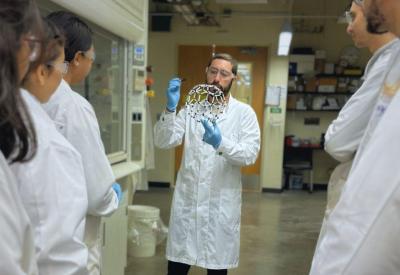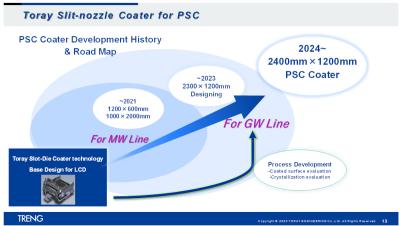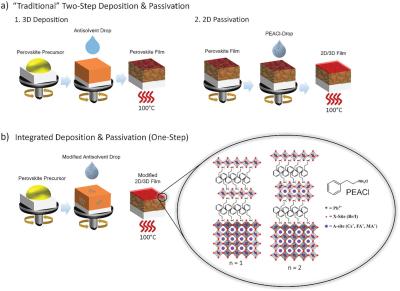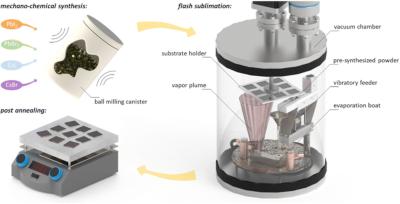Researchers develop crystalline 2D fullerene-based metal halide semiconductor for efficient and stable perovskite solar cells
Researchers from Wuhan University, University of South Florida, CNRS and Nanoneurosciences recently reported the first crystalline 2D Fullerene based Metal Halide Semiconductor, (C60-2NH3)Pb2I6.
Designing functionalized C60 adducts at the Spanopoulos Group at USF
According to the team, single crystal XRD studies elucidated the structure of the new material, while DFT calculations highlighted the strong contribution of C60-2NH3 to the electronic density of states of the conduction band of the material. Utilization of C60-2NH3 as an interlayer between a FA0.6MA0.4Pb0.7Sn0.3I3 perovskite and a C60 layer reportedly offered superior band energy alignment, reduced nonradiative recombination, and enhanced carrier mobility.







